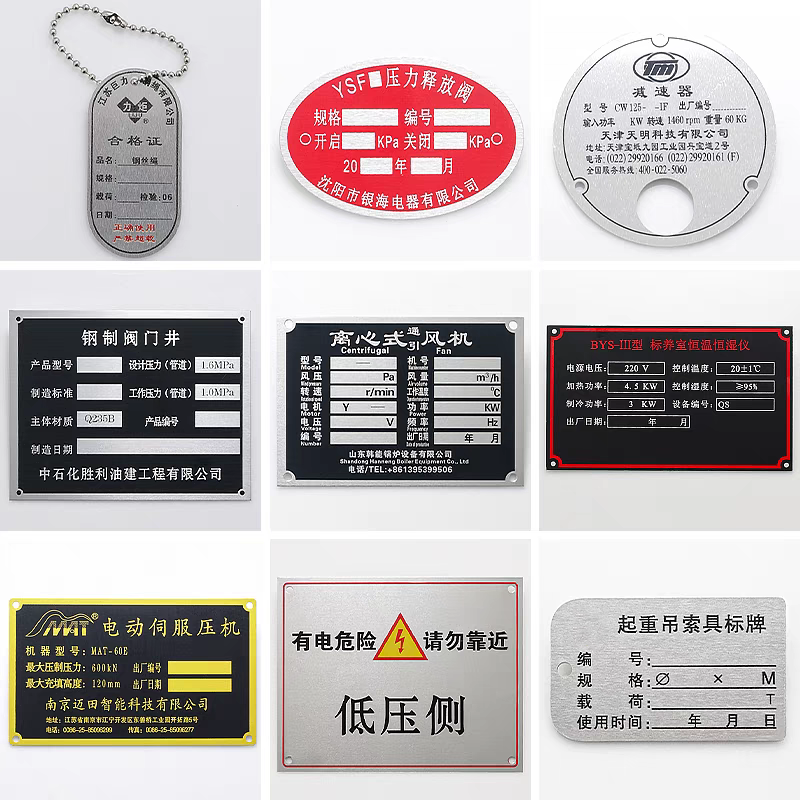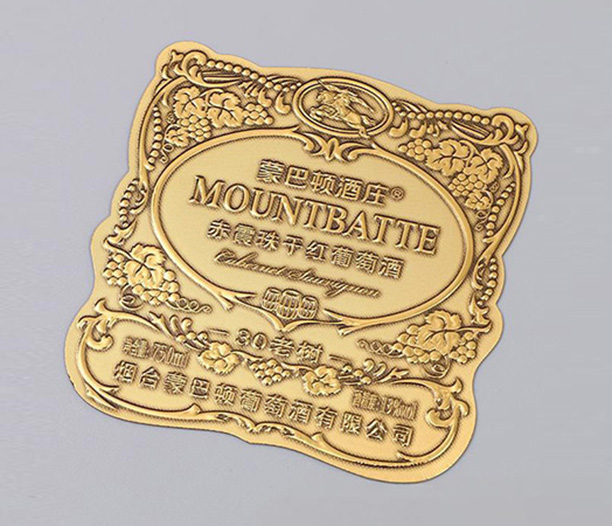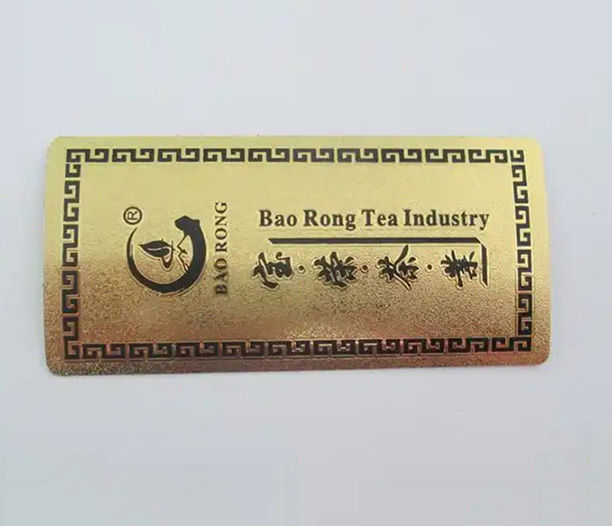In any environment where chemicals are present—be it a research laboratory, an industrial manufacturing floor, or an educational facility—safety and clarity are non-negotiable. At the heart of this safety ecosystem lies a seemingly simple yet profoundly critical tool: the chemical container label. Far more than just a sticky piece of paper, a properly designed chemical container label is the first line of defense against accidents, spills, and exposure. It communicates essential information instantly to anyone who interacts with the container. Understanding what constitutes an effective chemical container label is not just about compliance; it's a fundamental pillar of responsible chemical management. This article will dissect the seven critical components you must consider when selecting and applying these vital safety instruments.

The Primary Role of a Chemical Container Label
The core function of any chemical container label is to convey hazard information quickly and unambiguously. It acts as a permanent source of truth for the contents of the container. In a split second, a worker or researcher should be able to identify the chemical, understand its inherent dangers, and know what immediate actions to take in case of an emergency. A missing, damaged, or incomplete chemical container label transforms a controlled substance into an unknown hazard, significantly increasing the risk of accidents, injuries, and environmental damage. Effective labeling is therefore the cornerstone of workplace safety protocols like OSHA's Hazard Communication Standard (HCS) and the Globally Harmonized System (GHS).
Key Elements Found on a Compliant Chemical Container Label
A compliant chemical container label is not a random assortment of words and symbols. It follows a strict, standardized format to ensure consistency and universal understanding. Whether you are printing a label for a primary manufacturer's bottle or creating one for a secondary container, these elements are mandatory:
Product Identifier: This is the unique name or number that allows the chemical to be precisely identified. This typically matches the name found on the Safety Data Sheet (SDS).
Signal Word: This word indicates the relative level of severity of the hazard. "Danger" is used for more severe hazards, while "Warning" is used for less severe ones.
Hazard Pictograms: These are standardized symbols inside a red diamond-shaped border that convey specific health, physical, and environmental hazards. Examples include the flame for flammables, the skull and crossbones for acute toxicity, and the corroding hand for corrosives.
Hazard Statements: These are predefined phrases that describe the nature of the hazard(s), such as "Highly Flammable Liquid and Vapor" or "Causes Severe Skin Burns."
Precautionary Statements: These statements recommend measures to minimize or prevent adverse effects from exposure, including recommendations for storage, handling, and personal protective equipment (PPE).
Supplier Information: The name, address, and telephone number of the manufacturer or importer.
Material and Adhesive Selection for Durability
Not all labels are created equal. The environment in which the chemical container label will reside dictates the material and adhesive required. A label in a refrigerated storage unit faces different challenges than one on a drum stored outdoors or a bottle frequently exposed to solvents.
Paper Labels: A basic, economical choice suitable for dry, room-temperature environments with no risk of moisture or chemical splashes. They are not recommended for long-term storage or harsh conditions.
Vinyl and Polyester Labels: These synthetic materials offer excellent durability against moisture, abrasion, and a wide range of chemicals. They are ideal for most laboratory and industrial settings.
Polypropylene and Polyethylene Labels: These are highly resistant to water, oils, and many chemicals, making them suitable for containers that may be frequently handled or exposed to mild solvents.
Adhesives: The adhesive must be chosen with the container's surface (glass, plastic, metal) and the potential for chemical exposure in mind. A permanent acrylic adhesive is often necessary to prevent the chemical container label from peeling, curling, or falling off over time.
Secondary Container Labeling Requirements
A common point of failure in chemical safety is the mislabeling of secondary containers. When a chemical is transferred from its original manufacturer's bottle to a beaker, spray bottle, or squeeze bottle for immediate use, the new container must be labeled as a secondary chemical container label. While the requirements are slightly less extensive than for the primary container, the label must, at a minimum, include the product identifier and the hazards present. Using a standardized secondary chemical container label that has fields for the chemical name, date of transfer, and hazard warnings is a best practice that prevents dangerous unknowns from accumulating in workspaces.

The Impact of GHS on Modern Labeling
The Globally Harmonized System of Classification and Labeling of Chemicals (GHS) has revolutionized the chemical container label. Before GHS, different countries and regions had varying labeling standards, which created confusion in international trade and posed risks to workers. The GHS framework introduced the standardized pictograms, signal words, and hazard statements we see today. This global standardization means that a worker in Japan, Germany, or the United States can immediately recognize the hazards of a chemical, even if they cannot read the language. Adhering to GHS-compliant labeling is now a legal requirement in most parts of the world.
Best Practices for Label Application and Maintenance
Applying and maintaining your chemical container label correctly is as important as the information on it.
Placement: Apply the label on the shoulder or body of the container, not the lid, where it can be easily seen. Ensure it does not obstruct the view of the contents.
Legibility: The print must be clear, smudge-proof, and resistant to fading. Thermal transfer printing is often used for creating durable, high-quality labels.
Inspection: Implement a regular inspection schedule to check all chemical containers for labels that are becoming worn, damaged, or illegible. Replace them immediately.
No Exceptions: Enforce a strict "no unlabeled container" policy. Any container found without a proper chemical container label should be addressed as a top-priority safety issue.
Integrating Labels with Your Overall Safety System
A chemical container label should not exist in isolation. It is a key component of a broader chemical management and safety system. The information on the label must directly correlate with the corresponding Safety Data Sheet (SDS). Furthermore, labels can be integrated with color-coding systems or barcodes to streamline inventory management, track chemical usage, and enhance safety training. By treating the humble label as an integral part of your safety infrastructure, you create a more resilient and informed working environment.
Frequently Asked Questions (FAQs)
Q1: What is the minimum information required on a secondary container label?
A1: According to OSHA's Hazard Communication Standard, a secondary container label must, at a minimum, include the product identifier (e.g., chemical name) and general information about the hazards of the chemical. However, best practice is to also include the GHS pictograms and precautionary statements for maximum safety.
Q2: Can I use a permanent marker to label a chemical container?
A2: While a permanent marker might be used for a very short-term, temporary container (e.g., a beaker used during a single experiment), it is not an acceptable long-term solution. Marker can fade, rub off, or be washed away by solvents, rendering the container unlabeled and hazardous. A pre-printed, durable chemical container label is always the safer choice.
Q3: What should I do if a chemical container label is damaged or unreadable?
A3: If a chemical container label is damaged, peeling, or becoming illegible, it must be replaced immediately. If the contents are known, a new, compliant label should be printed and applied. If the contents are unknown, the container must be treated as hazardous waste and handled according to your organization's hazardous material procedures.
Q4: Are there digital alternatives to physical chemical container labels?
A4: Yes, digital solutions are emerging. Some systems use QR codes or RFID tags on the physical label, which can be scanned with a smartphone or scanner to pull up the full SDS and other detailed information. However, the physical chemical container label must still contain all the legally required GHS elements for immediate hazard recognition.
Q5: How does the Globally Harmonized System (GHS) improve chemical safety?
A5: The GHS improves chemical safety by standardizing hazard classification and communication across international borders. Its consistent use of pictograms, signal words, and hazard statements on every chemical container label ensures that hazard information is understood universally, regardless of the user's native language or training background, thereby reducing the risk of accidents and exposure.






